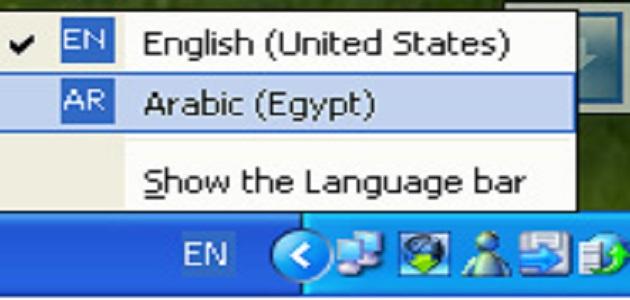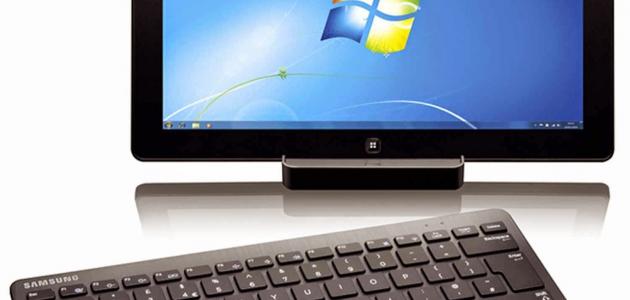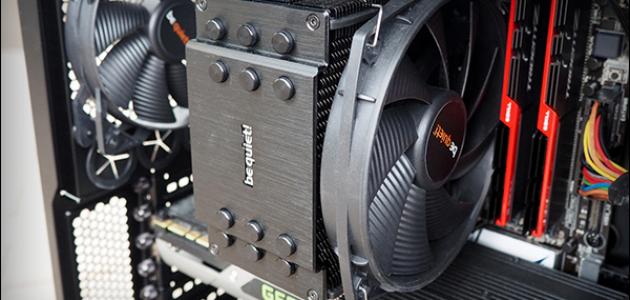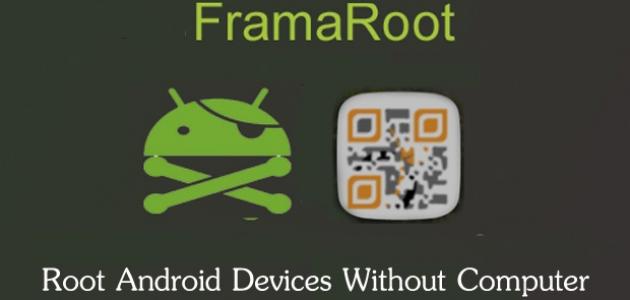Files and their types
It is the digital equivalent of paper documents, and it is a means of storing data in a specific digital format, available to digital devices on specific storage media.
As for file types in operating systems
Different operating systems such as Microsoft systems, Linux, and Unix deal with files as a string of bytes, which are translated into machine language, so that the hardware (hardware) can deal with them as a translated digital value.
Hidden files
They are ordinary files that are hidden from appearing on the graphical application interface to the user, and they are either hidden by the user, or hidden by the operating system such as system files.
How to hide and unhide files in Microsoft operating systems
- Right-click on the file you want to hide and select Properties.
- Choose a hidden box where a check mark appears inside it.
- Choose OK and exit the Properties menu.
To show a hidden file in the Microsoft system, all hidden files must be shown in more than one way:
- Open the Start menu, choose Control Panel, then choose the Folder Options icon.
- Choose Show from the dialog box, then choose Show hidden files, then OK, and close the dialog box.
How to hide and unhide files in Linux operating systems
Files are handled in Linux operating systems in two ways
Read also:How to speed up the computer- Using the graphical user interface (GUI), which is similar to the interface in Microsoft systems in terms of the mechanism of action.
- Dealing with files through the so-called command editor (Terminal), which requires knowledge of the commands for each operating system, and the presence of user powers to modify the file properties.
How to hide a file via Linux operating systems
- Enter through (GUI) and click on the file with the right mouse button and choose hidden from the properties.
- Through the (terminal) shell, we go to the location of the file, by moving the CD command to the location of the file, for example to move to a file named (filename) on the desktop (cd /home/user/Desktop), and write a dot before the name, so it becomes hidden (. filename).
To view hidden files via Linux.
- Using the (GUI) the file manager is opened, clicking on Show from the taskbar, and choosing to show hidden files in the address where the file manager is located.
- The file directory and its location are moved to with the cd tool, or by using the tool (ls -a), or the second option is to display hidden files directly (ls -a /home/user/Desktop), so that hidden files appear, and their name precedes the period (.filename). .









